A lunar eclipse occurs when the Moon passes directly behind the Earth into its umbra (shadow). This can occur only when the Sun, Earth, and Moon are aligned (in "syzygy") exactly, or very closely so, with the Earth in the middle. Hence, a lunar eclipse can only occur the night of a full moon. The type and length of an eclipse depend upon the Moon's location relative to its orbital nodes.
Unlike a solar eclipse, which can only be viewed from a certain relatively small area of the world, a lunar eclipse may be viewed from anywhere on the night side of the Earth. A lunar eclipse lasts for a few hours, whereas a total solar eclipse lasts for only a few minutes at any given place, due to the smaller size of the Moon's shadow. Also unlike solar eclipses, lunar eclipses are safe to view without any eye protection or special precautions, as they are dimmer than the full Moon.
The umbra is the portion of the Earth's shadow that does not contain any direct radiation from the Sun. Likewise, the penumbra is the region of space where the Earth is only partially blocking the light from the Sun.
In order to classify what kind of lunar eclipse is occurring a scale known as the Danjon scale was developed by André-Louis Danjon.
-
L=0 - the darkest eclipse, one most people imagine when they think of a lunar eclipse.
-
L=1 - while still very dark, there is a grey or brown hue to the Moon. However, details of the Moon are still difficult to identify.
-
L=2 - the Moon will appear dark red, possibly with a slight hint of orange. The Moon still appears very dark at this value.
-
L=3 - the Moon is brick-red and noticeably lighter than L=2. Also, the edges can appear lighter, possibly with a yellowish hue.
-
L=4 - the Moon appears bright red or orange, while the edge of the Moon appears almost bluish
The timing of total lunar eclipses are determined by its contacts.
-
P1 (First contact)
Beginning of the penumbral eclipse. The Earth's penumbra touches the Moon's outer limb.
-
U1 (Second contact)
Beginning of the partial eclipse. The Earth's umbra touches the Moon's outer limb.
-
U2 (Third contact)
Beginning of the total eclipse. The Moon's surface is entirely within the Earth's umbra.
-
Greatest eclipse
The peak stage of the total eclipse. The Moon is at its closest to the center of the Earth's umbra.
-
U3 (Fourth contact)
End of the total eclipse. The Moon's outer limb exits the Earth's umbra.
-
U4 (Fifth contact)
End of the partial eclipse. The Earth's umbra leaves the Moon's surface.
-
P4 (Sixth contact)
End of the penumbral eclipse. The Earth's penumbra no longer makes contact with the Moon.
Type
-
Total
the Earth's umbra – the central, dark part of its shadow – obscures all of the Moon's visible surface.
-
Partial
only part of the Moon's visible surface is obscured by the Earth’s umbra.
-
Penumbral
the Moon travels through the faint penumbral portion of the Earth’s shadow.
Nombre de lunaisons
A number given to each lunation beginning from a certain one in history. Several conventions are in use.
The most commonly used is the Brown Lunation Number (BLN), which defines lunation 1 as beginning at the first new moon of 1923, the year when Ernest William Brown's lunar theory was introduced in the major national astronomical almanacs. Lunation 1 occurred at approximately 02:41 UTC, January 17, 1923. New moons occur on Julian Dates.
2449128.59 + 29.53058867 * (BLN - 871) +/- 0.25
with the given uncertainty due to varying torques from the Sun
Temps dynamique (TD)
Dynamical Time (TD) of Greatest Eclipse, the instant when the distance between the center of the Moon and the axis or Earth's umbral shadow cone reaches a minimum.
TD was introduced by the IAU in 1979 as the coordinate time scale for an observer on the surface of Earth. It takes into account relativistic effects and is based on International Atomic Time (TAI), which is a high-precision standard using several hundred atomic clocks worldwide. As such, TD is the atomic time equivalent to its predecessor ET and is used in the theories of motion for bodies in the solar system. To ensure continuity with ET, TD was defined to match ET for the date 1977 Jan 01. In 1991, the IAU refined the definition of TD to make it more precise. It was also renamed Terrestrial Time (TT), although on this Web site, the older name Terrestrial Dynamical Time is preferred and used.
Saros
A period of approximately 223 synodic months (approximately 6585.3211 days, or 18 years and 11 days and 8h), that can be used to predict eclipses of the Sun and Moon. One saros period after an eclipse, the Sun, Earth, and Moon return to approximately the same relative geometry, a near straight line, and a nearly identical eclipse will occur, in what is referred to as an eclipse cycle. A sar is one half of a saros.
For a lunar eclipse to occur, the Earth must be located between the Sun and Moon. This can happen only when the Moon is full, and repeat occurrences of these lunar phases result from solar and lunar orbits producing the Moon's synodic period of 29.53059 days.
During most full and new moons, however, the shadow of the Earth or Moon falls to the north or south of the other body. Eclipses occur when the three bodies form a nearly straight line.
After one saros, the Moon will have completed roughly an integer number of lunar orbit cycles and synodic, draconic, and anomalistic periods (241, 223, 242, and 239) and the Earth-Sun-Moon geometry will be nearly identical: the Moon will have the same phase and be at the same node and the same distance from the Earth. In addition, because the saros is close to 18 years in length (about 11 days longer), the earth will be nearly the same distance from the sun, and tilted to it in nearly the same orientation.
Gamma
Gamma (denoted as γ) of an eclipse describes how centrally the shadow of the Moon or Earth strikes the other. The distance, when the axis of the shadow cone passes closest to Earth or Moon's center, is stated as a fraction of the equatorial radius of the Earth.
The sign of gamma defines for a lunar eclipse whether the axis of the Earth's shadow passes north or south of the Moon; a positive value means south.
Magnitude
The magnitude of an eclipse is the fraction of the diameter of the eclipsed body which is in eclipse. During a lunar eclipse, the eclipsed body is the Moon and the eclipsing 'body' is the Earth's shadow. Since the Earth's shadow at the Moon's distance always is considerably larger than the Moon, a lunar eclipse can never be annular but is always partial or total. The Earth's shadow has two components: the dark umbra and the much brighter penumbra. A lunar eclipse will have two geometric magnitudes: the umbral magnitude and the penumbral magnitude. If the maximum value of the umbral magnitude is negative, the Moon doesn't reach into the Earth's umbra - it may still pass through the Earth's penumbra though, and such an eclipse is called a penumbral eclipse.
Penumbral
Penumbral magnitude is the fraction of the Moon's diameter immersed in the penumbra at the instant of greatest eclipse (equal to the distance measured from the edge of the penumbral shadow to the edge of the Moon deepest in the penumbra).
Umbral
Umbral magnitude is the fraction of the Moon's diameter immersed in the umbra at the instant of greatest eclipse (equal to the distance measured from the edge of the umbral shadow to the edge of the Moon deepest in the umbra).
Durée
Penumbral Eclipse Phase Duration
The time interval between first and last contact of the Moon with the penumbral shadow (= P4 - P1).
Parial Eclipse Phase Duration
The time interval between first and last contact of the Moon with the umbral shadow (= U4 - U1).
Total Eclipse Phase Duration
The time interval between second and third contact of the Moon with the umbral shadow (= U3 - U2).





































